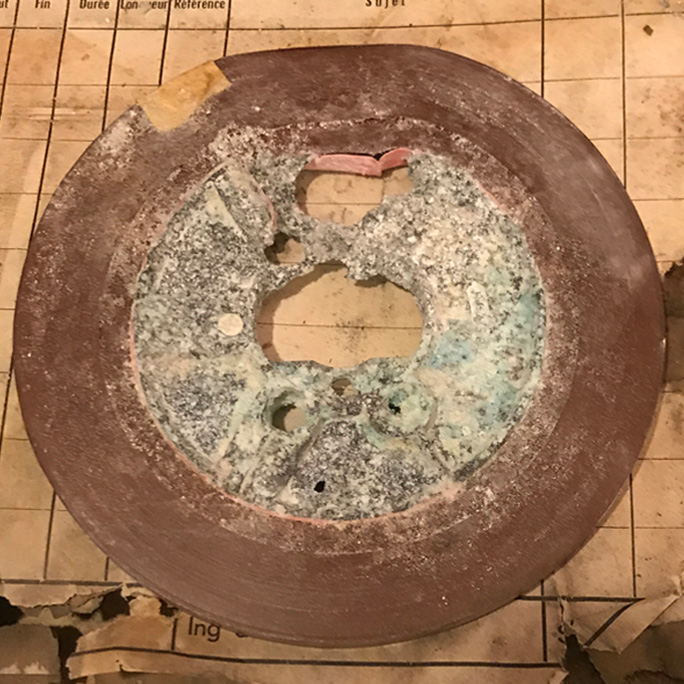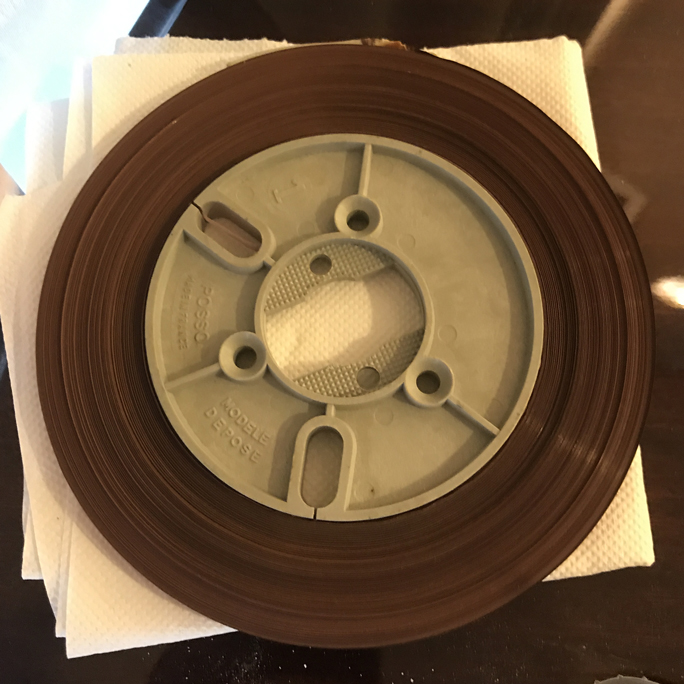Each recording is a time capsule: a voice, a suspended note, an emotion captured forever. Yet, this sonic heritage is stored on vulnerable physical media, sensitive to time and environmental factors.
Unlike masterpieces of painting or sculpture, these sonic treasures are at risk of disappearing, directly threatened by:
- The physical and chemical degradation of media, often accelerated by inadequate storage conditions;
- The obsolescence of playback equipment, which has become hard to find or irreparable;
- The gradual disappearance of specialized technical expertise, essential for restoring, digitizing, and preserving these recordings.
Faced with this alarming situation, marked by the irreversible loss of countless recordings of inestimable value, UNESCO established the World Day for Audiovisual Heritage to raise public awareness of the urgent need to preserve this fragile and irreplaceable heritage.
Since 2013, the United Music Foundation's has been committed to preserving, enhancing, and transmitting endangered recorded musical heritage, along with the history it contains.
This mission is carried out across four main areas:
- Restoration and Preservation of Audio Media
The restoration of degraded audio media, followed by digitization, ensures the long-term preservation of their content. Once preserved, these recordings can undergo meticulous audio restoration and mastering work to fully restore their sonic and emotional richness. Additionally, participation in research projects contributes to the development of innovative solutions for restoring media that have become unplayable. - Technical Consistency and Reliability
Regular calibration and maintenance of tape recorders ensure their long-term functionality and a faithful reproduction of recordings. In parallel, the search for specialized equipment is crucial to play certain media that have become inaccessible due to the increasing rarity of compatible equipment. Finally, the search for spare parts ensures the restoration and durability of our tape recorders, contributing to optimal sound reproduction. - Research, Exploration, and Conservation of Sound Heritage
In-depth historical research, conducted through accounts, narratives, photographs, and archival documents, places each recording back in its context and reveals its full heritage value. This process is accompanied by proactive exploration of private and public archives to identify and gather precious recordings, images, and documents. Lastly, collections threatened by closures or inheritances are targeted for intervention to prevent their loss or destruction, ensuring their long-term conservation. - Promotion and Transmission
Collaborations with record labels and rights holders facilitate the publication and distribution of recordings once preserved and restored. These partnerships not only provide the public access to preserved sonic treasures but also contribute to promoting and transmitting this musical heritage.
Each preserved audio recording is a voice preserved, an emotion revived, a shared memory. If no action is taken, these recordings will disappear, taking with them irreplaceable fragments of our musical heritage.
Preserving these treasures requires time, specialized expertise and resources. Your support is essential to ensure that these voices continue to live on and inspire future generations.








